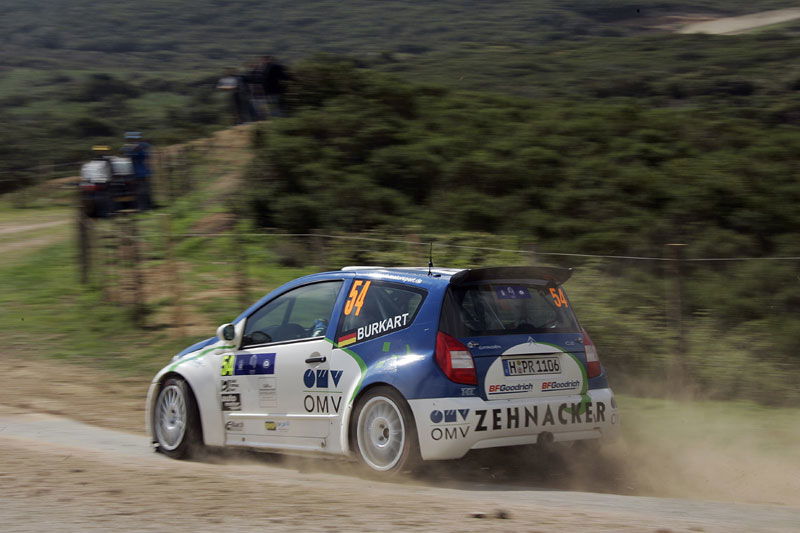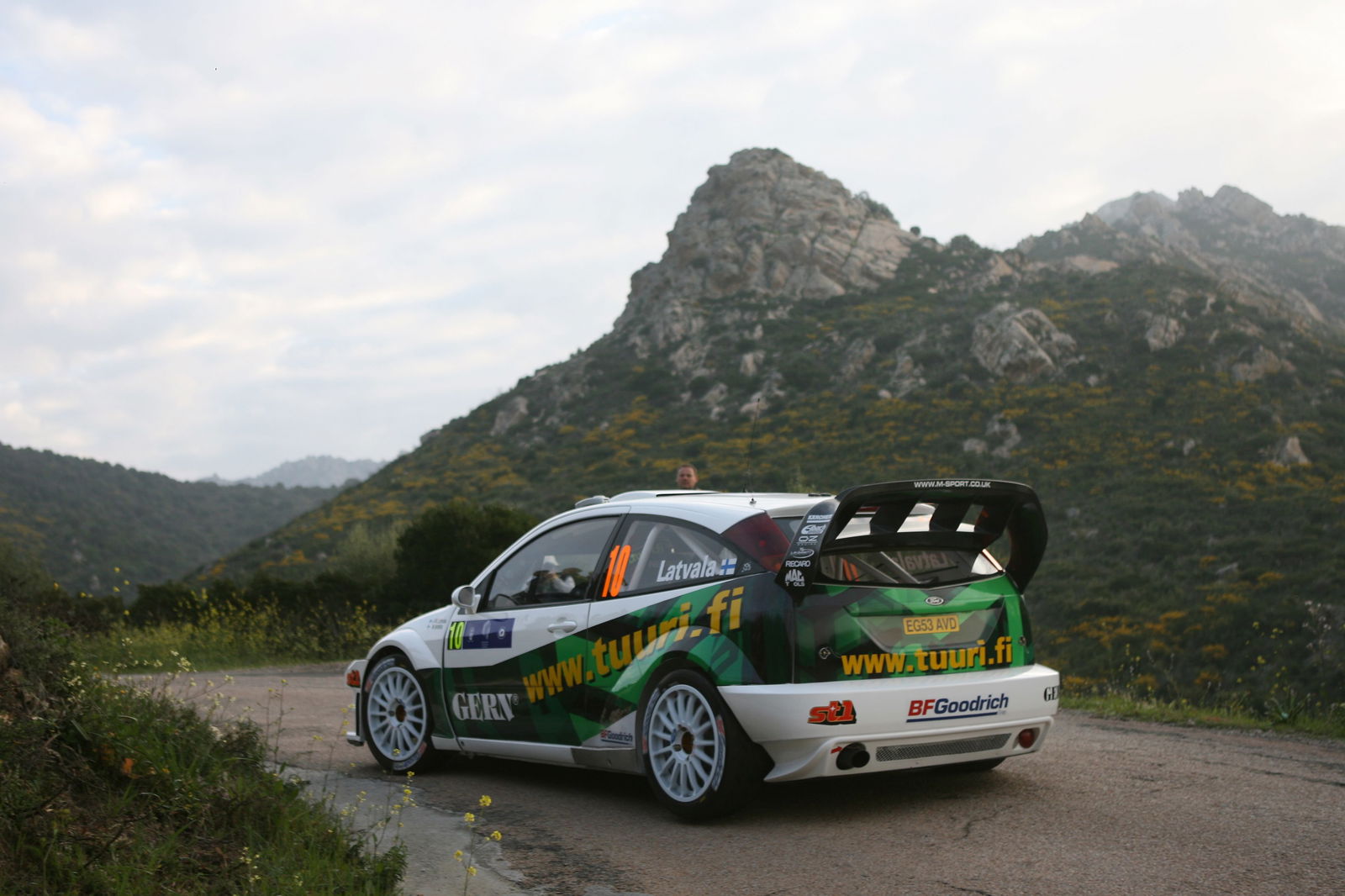Tech talk: Tyre pressures.
Racing and rally drivers pay a hundred times more attention to the pressure of their tyres than the average motorist. In world class rallying, for example, pressures are adjusted prior to the start of every stage, for the very good reason that optimal tyre performance depends on running with the ideal pressures.

Racing and rally drivers pay a hundred times more attention to the pressure of their tyres than the average motorist. In world class rallying, for example, pressures are adjusted prior to the start of every stage, for the very good reason that optimal tyre performance depends on running with the ideal pressures.
Air is as vital to tyres as it is to the life of an engine, and even human beings. However, tyre performance can be compromised if there is insufficient air inside the cover. Too low a pressure will cause the tyre to heat up too much, while an under-inflated tyre can even jeopardise the crew's safety.
Since pressure rises with heat, that of tyres therefore needs to be constantly adjusted.
Rallying is the form of motor sport in which air pressures vary the most - with variations of up to 30 per cent (10 per cent in F1). This is due to several reasons:
1. Rally tyres are constantly exposed to longitudinal (acceleration, deceleration) and lateral (centrifugal, centripetal) forces. A significant quantity of energy consequently needs to be dissipated despite the fact that tyres are relatively undersized to do this.
2. Mousse inserts fitted inside the covers are a valuable ally if a driver picks up a puncture, but they too contribute to rises in tyre pressure.
3. A badly set-up car and the repeated knocks tyres take as they land after jumps or hit stones also generate higher pressures.
Why does excessive air pressure affect tyre performance?
As the pressure increases, the size of the 'footprint' becomes smaller. And the smaller the footprint, the more the molecules of rubber in the tread must work to compensate. They then get hotter, this increases the pressure, the footprint gets even smaller, etc, etc. Tyre engineers seek to optimise every square millimetre of rubber in contact with the ground.
How are rises in pressure controlled?
To minimise pressure increases, tyre engineers work on every one of the 200 ingredients that go into each rally tyre. The development of a dry asphalt tyre is consequently a very lengthy and complex process.
The ideal solution would be to release pressure as it builds up. Since the end of 1990s however, the FIA has outlawed automatic pressure-adjusting systems, as well as the use of exotic gases. Nitrogen, which is more stable than air, is increasingly used to inflate road tyres. However, it is not employed in rallying since the lubricant used for fitting the mousse inside WRC tyres lessens its benefit.
How do drivers control tyre pressure?
Before stages: they take several parameters into account, such as the number of stages in a loop, the length of the coming stage, the type of stage (twisty, fast), air and ground temperature, the compound chosen (soft, medium, hard). The difference between the minimum and maximum value is 300g, which is both a lot and not much at the same time.
On stages: even without a tyre pressure gauge in the car, drivers are able to manage their tyre pressures during stages. With distance, they sense if their tyres are getting hot and if pressures are getting too high. If they are, they reduce their pace for a few corners to stabilise them before pushing again.
Strategy: Drivers can also use pressure tactically. For example, if they want to attack from the start of a stage, they will voluntarily begin with slightly higher than ideal pressures. If, on the contrary, they want to favour performance over the latter part of the stage, they will start with slightly lower pressures. This can explain differences in split times between drivers of a comparable level.
Of all competition tyres (F1 and endurance racing included), it is dry asphalt rally tyres like the BF Goodrich g-Force profiler that are exposed to the biggest constraints. This is because they have to transmit high power outputs and stand up to the many different forces in play despite being under-dimensioned for the job because of the regulations. Also, the mass of the car is rarely evenly distributed on all four wheel at the same time.

